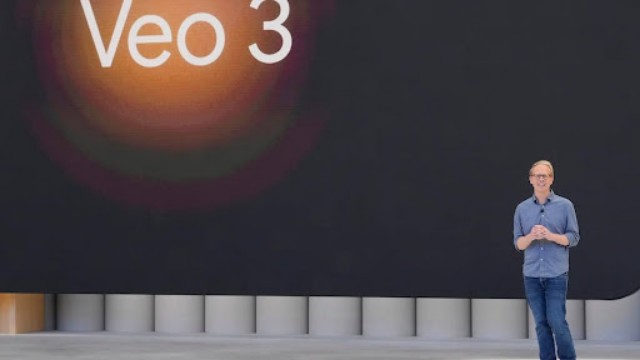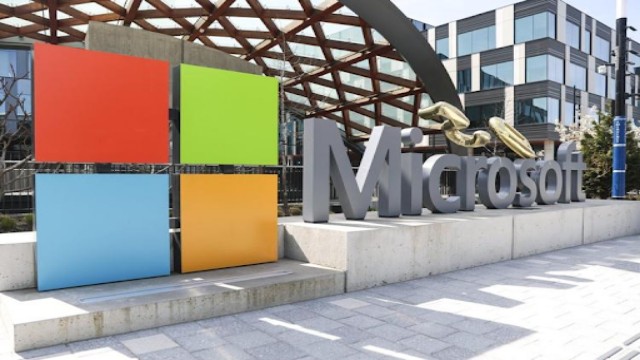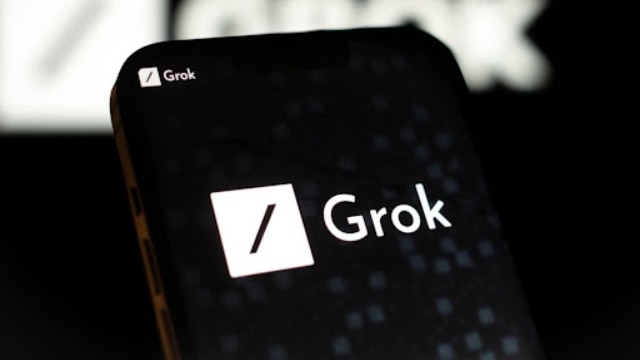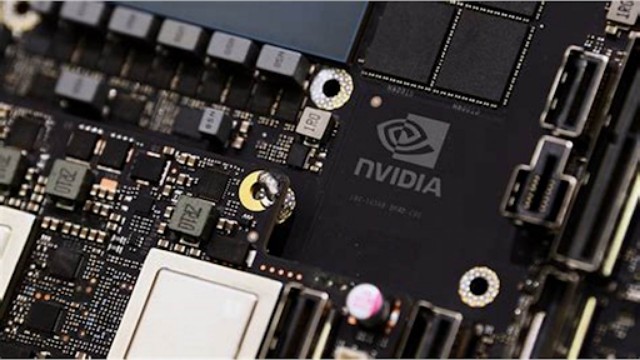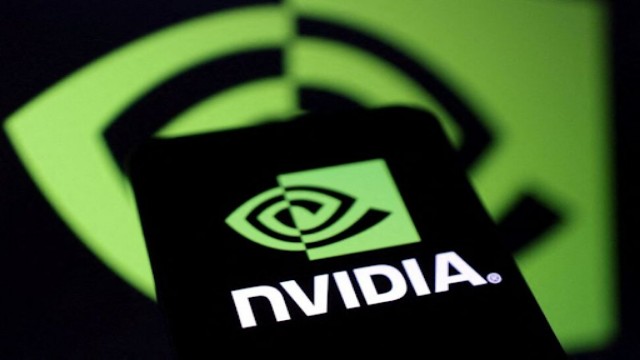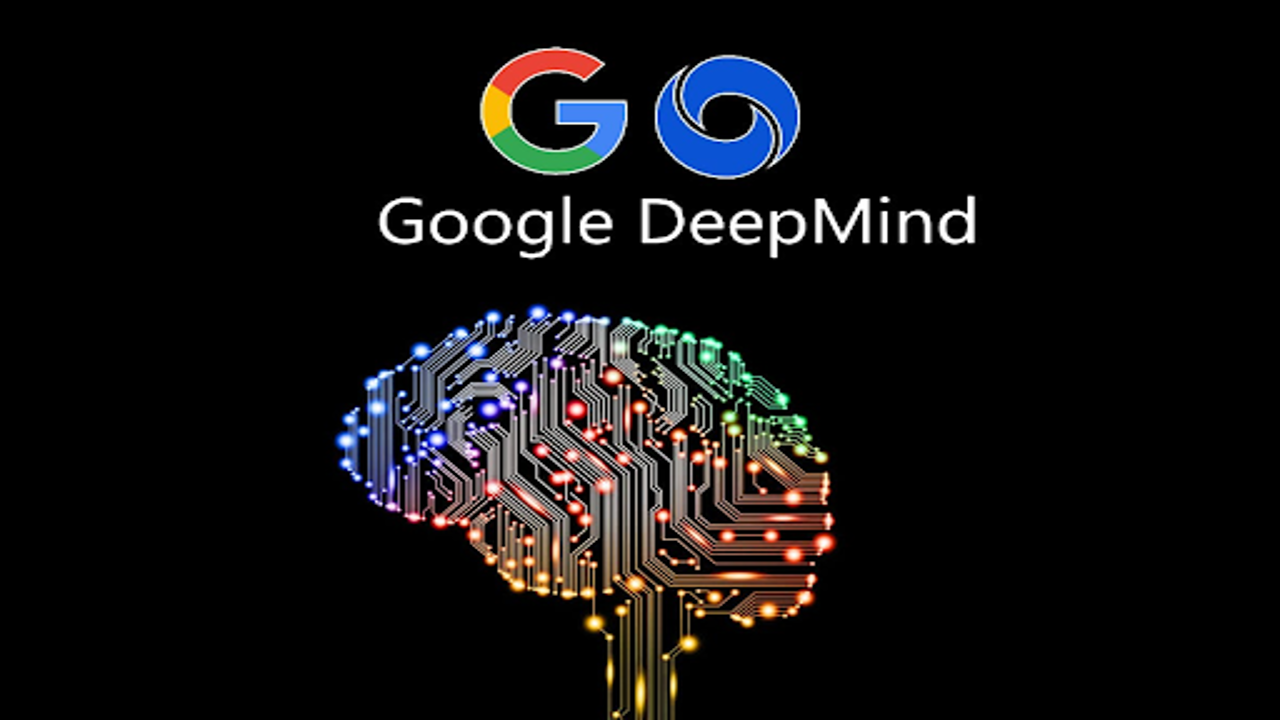
Google DeepMind's Project Morni Aims to Digitize and Preserve 125 Indian Languages. Photo: Medium
Google DeepMind’s Indian team is working on an exciting new project called Morni (Multimodal Representation for India) that aims to create advanced artificial intelligence for 125 Indian languages and dialects. This initiative highlights a major push to enhance language technology in India, which is known for its rich linguistic diversity.
Manish Gupta, the director at Google DeepMind in India, shared details about the project at the Global Fintech Fest in Mumbai. He explained that while India officially recognizes 22 languages, the project is targeting over 100 languages. This is because there are about 60 Indian languages with more than a billion speakers and over 125 languages with at least 100,000 speakers each.
One significant challenge faced by the project is the lack of digital data for many Indian languages. Gupta revealed that 73 of the 125 targeted languages had no existing digital text data. Even Hindi, spoken by roughly 10% of the global population, accounts for only 0.1% of text available online. This lack of representation in digital media poses a significant barrier to developing language technologies.
To address this issue, Google DeepMind launched Project Vaani, a collaborative effort involving Google, the Indian Institute of Science, and ARTPARK (Artificial Intelligence & Robotics Technology Park). The first phase of Project Vaani is complete, which involves creating an open-source database with over 14,000 hours of speech data. This data was collected from 80,000 speakers across 80 districts in India. The goal of Project Vaani is to gather and transcribe 154,000 hours of anonymized speech data from all regions of India.
Currently, the project is in its second phase, expanding to cover 160 districts across the country. This expansion will further enrich the database and support the development of AI technologies for Indian languages.
In addition to Project Vaani, Google recently expanded its language capabilities in Google Translate. The company added 110 new languages, including five Indian languages, making it one of the largest updates ever. This expansion was achieved using PaLM-2, a transformer model designed to understand over 1,500 languages globally. The inclusion of these new languages helps bridge communication gaps for more than 600 million people.
Google is also working on developing a digital agri-stack, which could revolutionize agricultural practices in India. This system aims to provide farmers with access to loans, credit, affordable crop insurance, and various government subsidies. By leveraging data-driven solutions, this initiative could greatly improve the efficiency and effectiveness of agricultural support programs.


